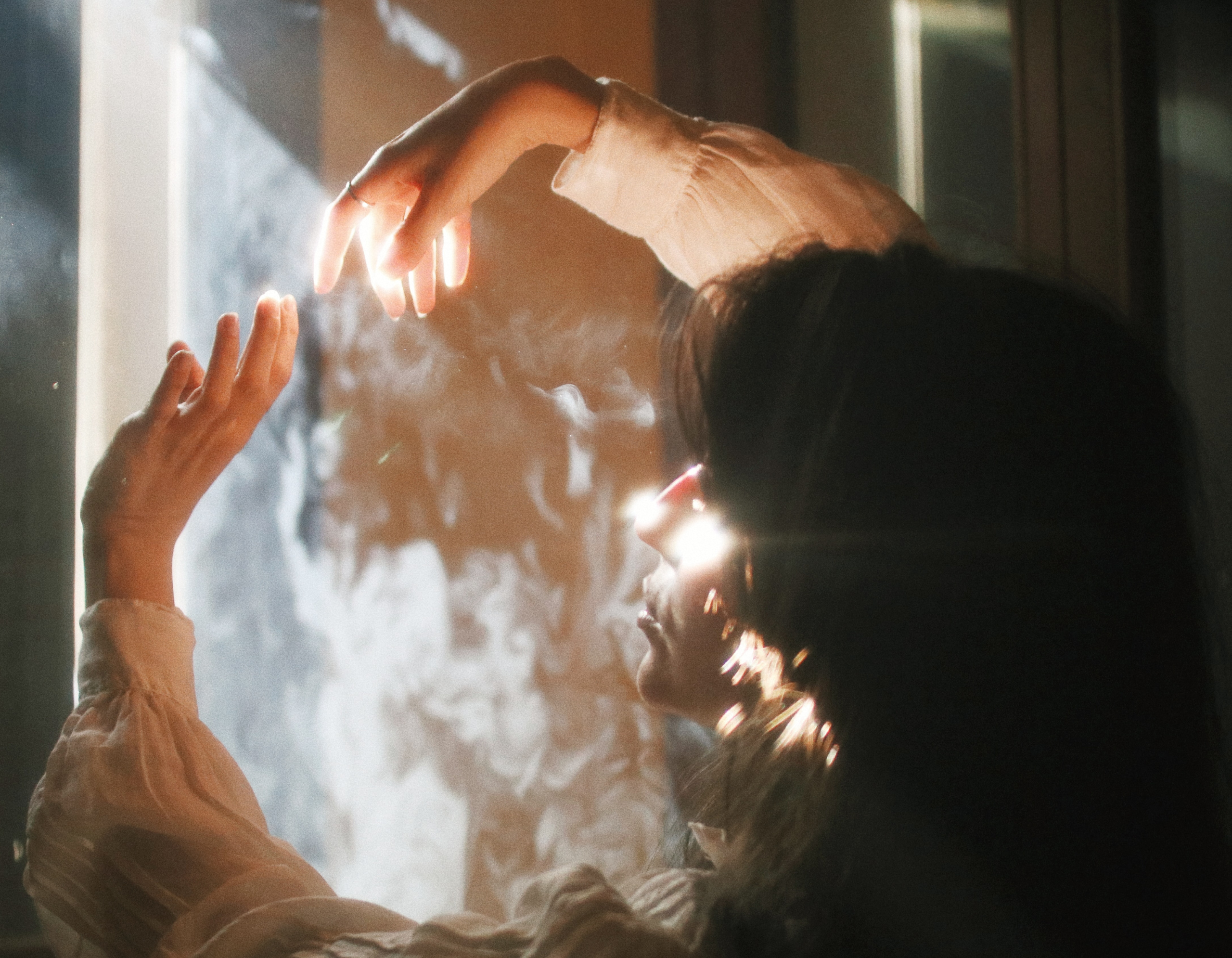
Healing History of Scent
Throughout the ages, various civilizations have used fragrances in many compelling ways. The word “perfume” comes from the Latin “per fume,” meaning “through smoke.” Fragrance is thousands of years old, with proof of the first dating back to ancient Mesopotamia, Egypt, and Cyprus. Each ancient culture had different perfume usage. Perfume and incense were typically used in rituals and scenting baths and bodies.
Ancient Perfume
Numerous historical accounts indicate Ancient Egypt’s passion for fragrance, such as the Pyramid Texts that date to the 5th and 6th dynasties of the Old Kingdom (2686 BC – 2181 BC). In fact, it is widely believed that the first perfume to be created was Kyphi, an ancient Egyptian temple incense. Kyphi was one of the indulgences used by pharaohs (such as Tutankhamun) on the journey into the afterlife. The intricate Kyphi recipe was discovered on the walls of Egyptian temples and contained 16 unique ingredients.
Kyphi was made from myrrh, sweet rush, cypress grass, wine, honey, raisins, resin, and juniper. It is the most famous scented preparation from ancient Egypt and the best-documented one. Its primary purpose was to be used as incense, a fumigant, burnt in significant quantities by priests in Egyptian temples. The name kyphi is the Latin version of the Greek transcription of the Egyptian word kapet, originally meaning any substance to be burnt.
According to the Egyptian Hieroglyphs, Cleopatra’s signature scent was the charming and intoxicating blue lotus, also known as the “cannabis of Ancient Egypt.” The formula is believed to be a combination of Frankincense, Blue lotus absolute, and Cinnamon. Blue lotus was glorified by the Pharaohs because of its euphoric properties (which occur when combined with wine).
The Greeks and Romans considered perfume so incredible that it had to be from the Gods. They created new ways of making fragrances by grinding up plants and breaking them in oil so they could be applied to the skin. The Greeks first discovered the notion of Anamalic perfumes, animal-based scents that add a musky and alluring element to fragrance. At this time, perfume was not just for the nobility. It grew popular in everyday life, and perfume shops began opening all over Athens.
When thinking of fragrance history, one cannot forget the Ancient Romans – fragrance innovators. One historical anecdote recounts Caesar’s use of Telinum, a greasy lotion made of marjoram, sweet yellow clover, and fenugreek.
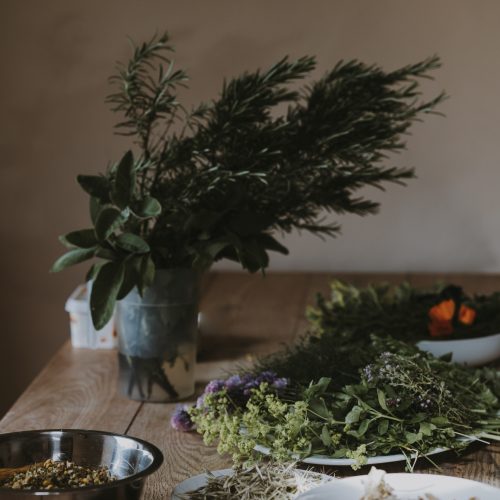
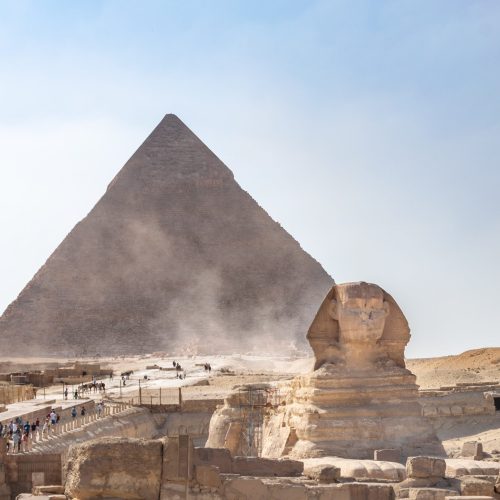
The healing power of fragrance
The Greeks adopted aromatherapy and pursued fresh scent ingredients. Ancient Romans used perfume as ointment rather than for vanity. In fact, the Ancient Romans created the distillation process (blow molding technique) and glass vials for perfumes. Healing, scented salves were commonly made of herbs, petals, spices, and other natural ingredients.
Romans employed these balms to heal diseases and perform sacred rituals. Ancient traditions had the priests throw perfumed ointments on braziers to form a cue of aromatic smoke to reach the Gods. This was the Roman method of delighting the Gods and requesting their approval.
The ointments soon evolved into body-grooming items (even before the use of soap) at home and in gyms in Egypt and Rome.
The Patricians cherished being massaged with scented oils and lotions in the thermal baths inside the Unctorium.
The current concept of diffusers and air fresheners stems from the Romans using essential oils to create an aromatic atmosphere during official ceremonies. The most common and accessible raw materials came from Roman dominations and included roses, pomegranates, lavender, quinces, grapes, rosemary, and basil. The most precious raw materials were cinnamon myrrh, opobalsam (classic incense), resins, and roots.
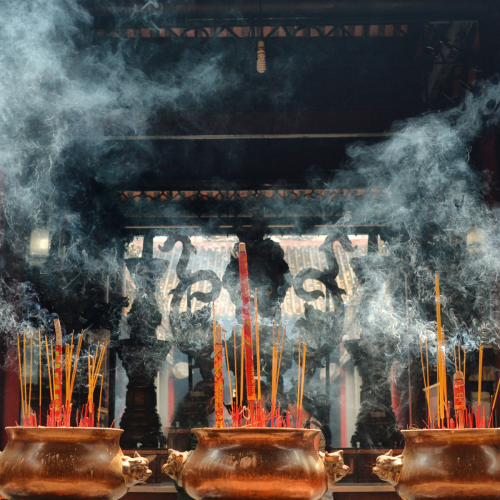
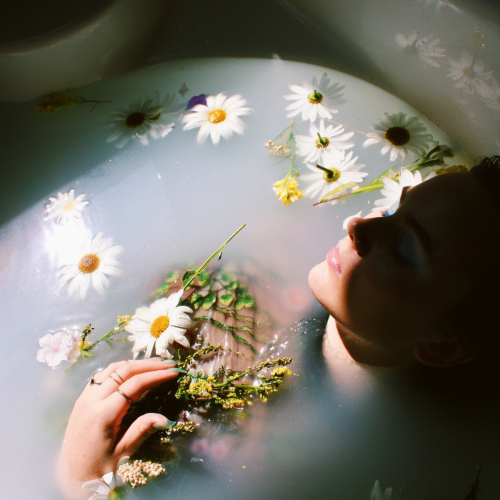
SCENT AND SPIRITUALITY
Kyphi was traditionally burnt at dusk to prep for the evening ceremonies and rituals. Kyphi was doused in wine, ingested as medicine, burned by Egyptian patricians as perfume employing smoke, and scorched in the night to expel the tensions of the day and bring pleasant dreams.
Agarwood, translated to ‘Oud’ in the middle east, was known as the ‘wood of the gods’ and has been an essential part of spiritual practices thought to foster a link between man and the divine. Agarwood is also burnt during meditation due to its soothing effect. It has been used throughout history as incense or fragrance oil for personal grooming, applied on the hair, behind the ears, neck, and clothes before prayers and social gatherings.
Shamanic traditions burn particular plants, trees, and herbs to cleanse space of negative energy and use colognes to promote balance. In Eastern Asia, incense is used as a timekeeper for meditation and prayer, as different incense burns at different rates.
At Perfume Playground, we believe that fragrance is a powerful way to tap into your own essence. Whether you want to scent yourself or your space, visit our website to find out how we can help.
Join us at our upcoming Classic Clubs Workshops.



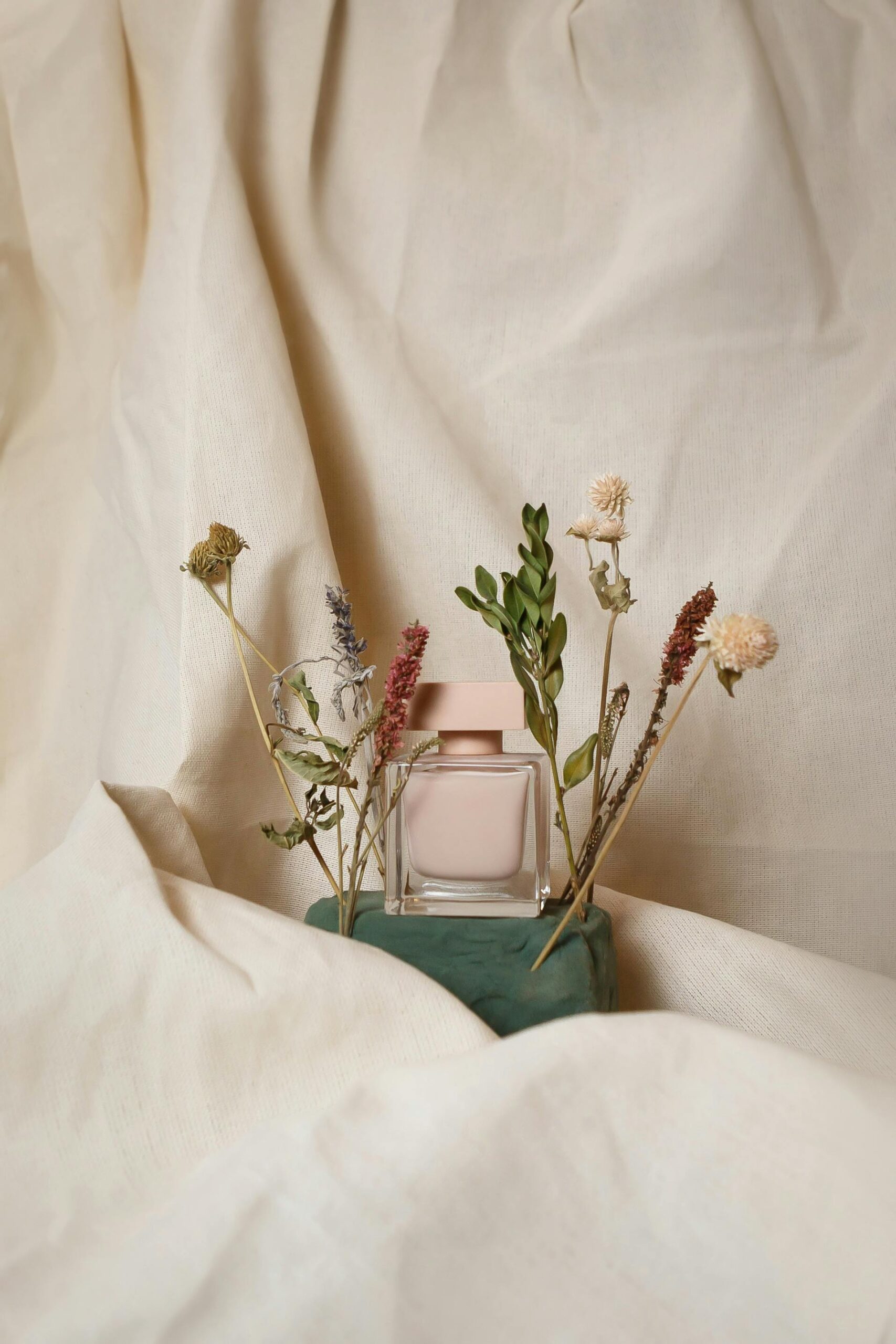
Leave a comment